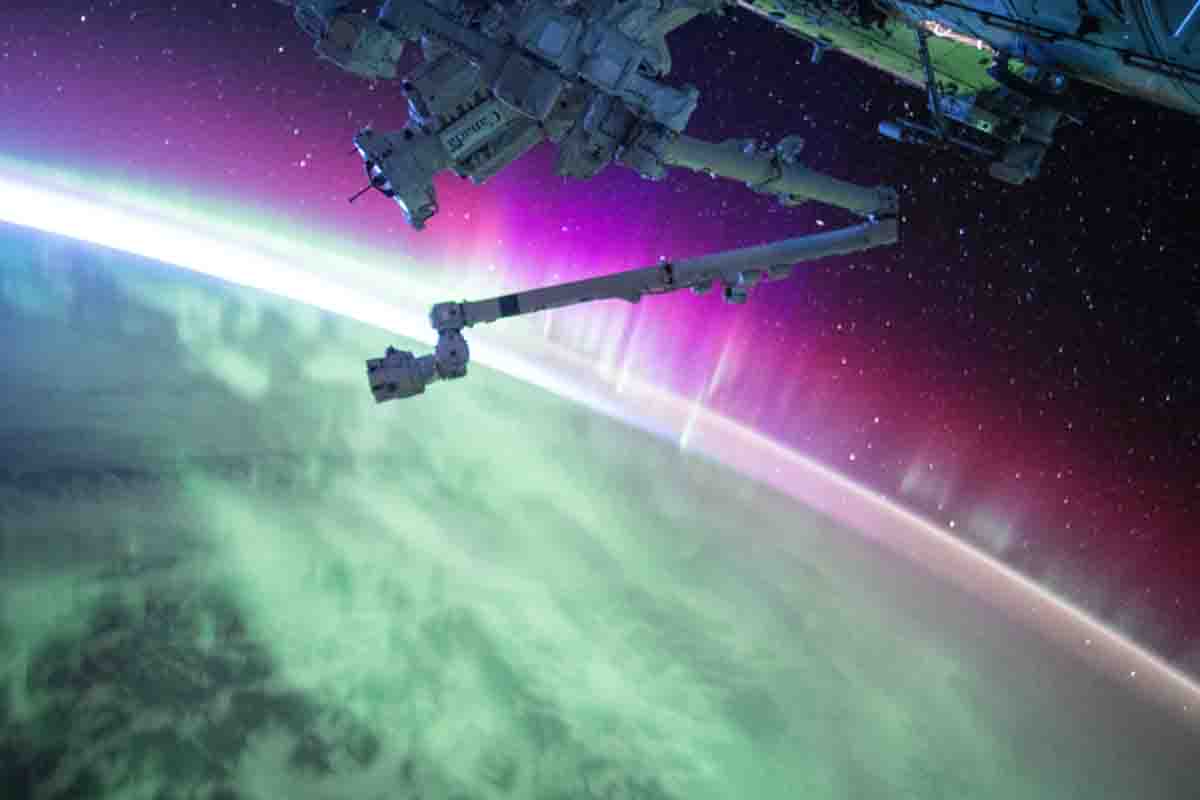The Northern Lights, a fascinating celestial spectacle, bring hidden risks to human infrastructure: a NASA study on "Frontiers in Astronomy and Space Sciences" reveals this

©Frontiers
The mesmerizing dance of the Northern Lights is one of the most captivating natural phenomena in the world. However, did you know that this beautiful display also poses risks to humans and infrastructure?
Geomagnetic storms can adversely affect not only the electrical grid and satellites but also pipelines and undersea cables. NASA scientists, in a study published in Frontiers in Astronomy and Space Sciences, have discovered that the Northern Lights are shortening the lifespan of the pipelines that provide heating and electricity. But how is this possible?
The impact of the aurora on the Earth’s electrical grid and satellites during major geomagnetic storms has been documented for some time. Now, researchers have focused on the side effects of the electric currents associated with geomagnetic storms on pipelines and undersea cables.
How the Northern Lights affect our infrastructure
The auroras are caused by two main processes: particles ejected from the sun reach the Earth’s magnetic field, causing a geomagnetic storm, or interplanetary shocks compress the Earth’s magnetic field. These shocks generate geomagnetically induced currents that can damage electrical infrastructure.
The colors of the aurora depend on the gases present in the atmosphere: atomic oxygen produces red, molecular oxygen green, and nitrogen blue. The Northern Lights can be seen in a ring-shaped region around the Earth’s magnetic pole. The best places to view the Northern Lights include Greenland, Iceland, Alaska, Northern Canada, Russia, Norway, Sweden, and Finland, with spring and autumn being the ideal periods.
Dr. Denny Oliveira from NASA’s Goddard Space Flight Center explains:
“The aurora is a visual warning that electric currents in space can generate geomagnetically induced currents on the Earth’s surface.”
During strong geomagnetic storms, the auroral region can expand significantly, reaching much lower latitudes than usual. Auroras have inspired myths and legends for millennia, but with modern electrical technology, we are beginning to understand their true power.
The same forces that create light shows in the sky also cause currents that can damage pipelines and electrical networks. Now, scientists have shown that the angle of impact of interplanetary shocks is crucial for the strength of the currents, giving us an opportunity to predict and mitigate the damage.
Last May, we witnessed the most intense geomagnetic storm in the last twenty years. A similar event in 1989 caused a blackout in Canada, leaving millions of people without electricity for hours. What can we do to prevent such disasters in the future?
Scientists suggest predicting the angle of interplanetary shocks two hours before they impact Earth, to protect the most vulnerable infrastructures. NASA has also urged electrical companies to share their data to improve forecasts and better protect our electrical networks.
Source: Frontiers
